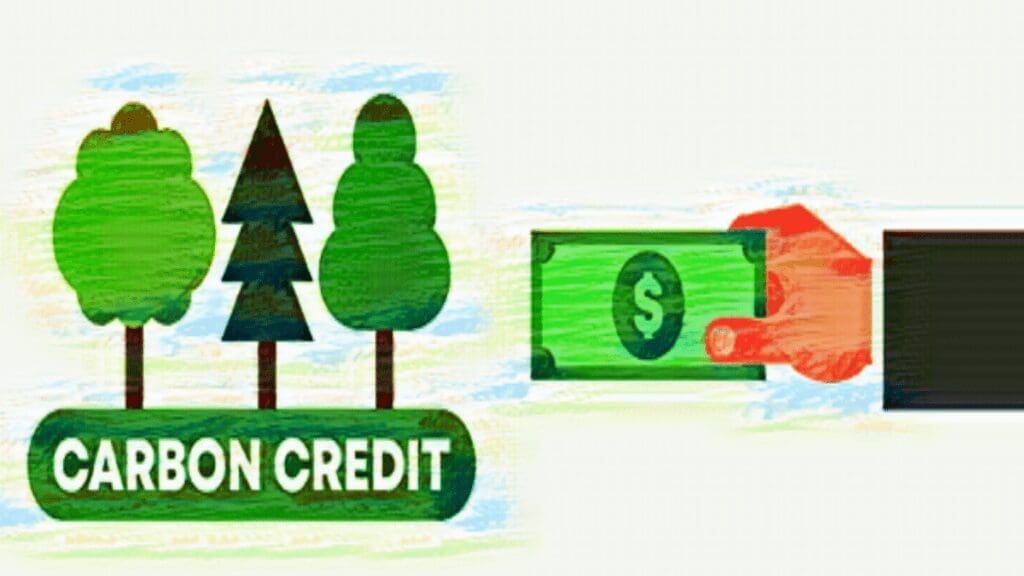The world is gradually beginning to realize how serious climate change is and how carbon has been a natural killer. Even though the transition is happening gradually, it is difficult to eliminate all the carbon sources in one go. As a result, the idea of carbon credits was introduced so that the businesses responsible for the majority of emissions and pollutants might invest in projects that reduce carbon emissions. While most carbon credit trades are voluntary, a few exchanges have become well-known.
Top Carbon Credit Exchanges To Watch in 2023
Carbon Trade Exchange (CTX)
The Carbon Trade Exchange (CTX), one of the very first players in the global carbon market, has its headquarters in London, England. Unlike other carbon exchanges, CTX is a member-based spot exchange that allows a variety of market players.
Smaller participants like single brokers, mid-sized participants like project developers, and major participants like multinational corporations all use the exchange. The exchange has established connections with a variety of players in the global carbon ecosystem, including the UNFCCC CDM Registry, Verra VCS, and Gold Standard.
Xpansiv
A leading market-infrastructure platform for environmental commodities, Xpansiv is situated in the USA. One of the biggest exchanges for carbon offsets, Xpansiv, recently debuted CBL Auctions, which provides real-time insight into voluntary carbon, quotes, portfolio tracking, charts, OTC trading, and now an electronic auction service that aids project developers in getting the most money for their carbon credits.
H2OX, the top spot exchange for water, XSignals, which offers end-of-day and historical market data, EMA, the top multi-registry portfolio management system for all environmental commodities, and APX, the top supplier of registry infrastructure for the energy and environmental markets, are the other divisions of the exchange. Xpansiv is a digital nexus that connects sustainability with price signals.
Toucan Protocol
Berlin, Germany serves as the home base for The Toucan Protocol, which was founded there in 2020. Despite being a new exchange, Toucan has already established a solid foundation for carbon markets to finance solutions to the climate challenge.
In order to make DeFi (decentralized finance) work, its ultimate goal is to create programmable carbon as a new kind of currency. By converting carbon credits into tokens via Toucan’s infrastructure, Toucan thinks that its protocol may help quickly expand the impact of projects that are beneficial to the environment.
The system contains a carbon bridge that enables holders of certified carbon credits to link each one to a distinct digital token known as a TCO2. These are kept in a smart contract on a blockchain database called the Open Climate Registry.
AirCarbon Exchange (ACX)
Established in 2019, AirCarbon Exchange is a Singapore-based Carbon Credits market that has distinguished itself by bringing traditional commodities trading infrastructure to the carbon markets through a digital exchange platform.
This indicates that the exchanges offer benefits like minimal fees, effective trading, risk mitigation during settlement, and clear pricing. The exchange mixes a conventional trading architecture with distributed ledger technology.
To establish securitized carbon credits, it makes use of blockchain architecture. Carbon credit securitization by ACX is based on market demand. This enables traders to invest in an asset class rather than specific projects. Every token (digital receipt) in the Exchange’s Trust is backed by a one tCO2e carbon credit.

